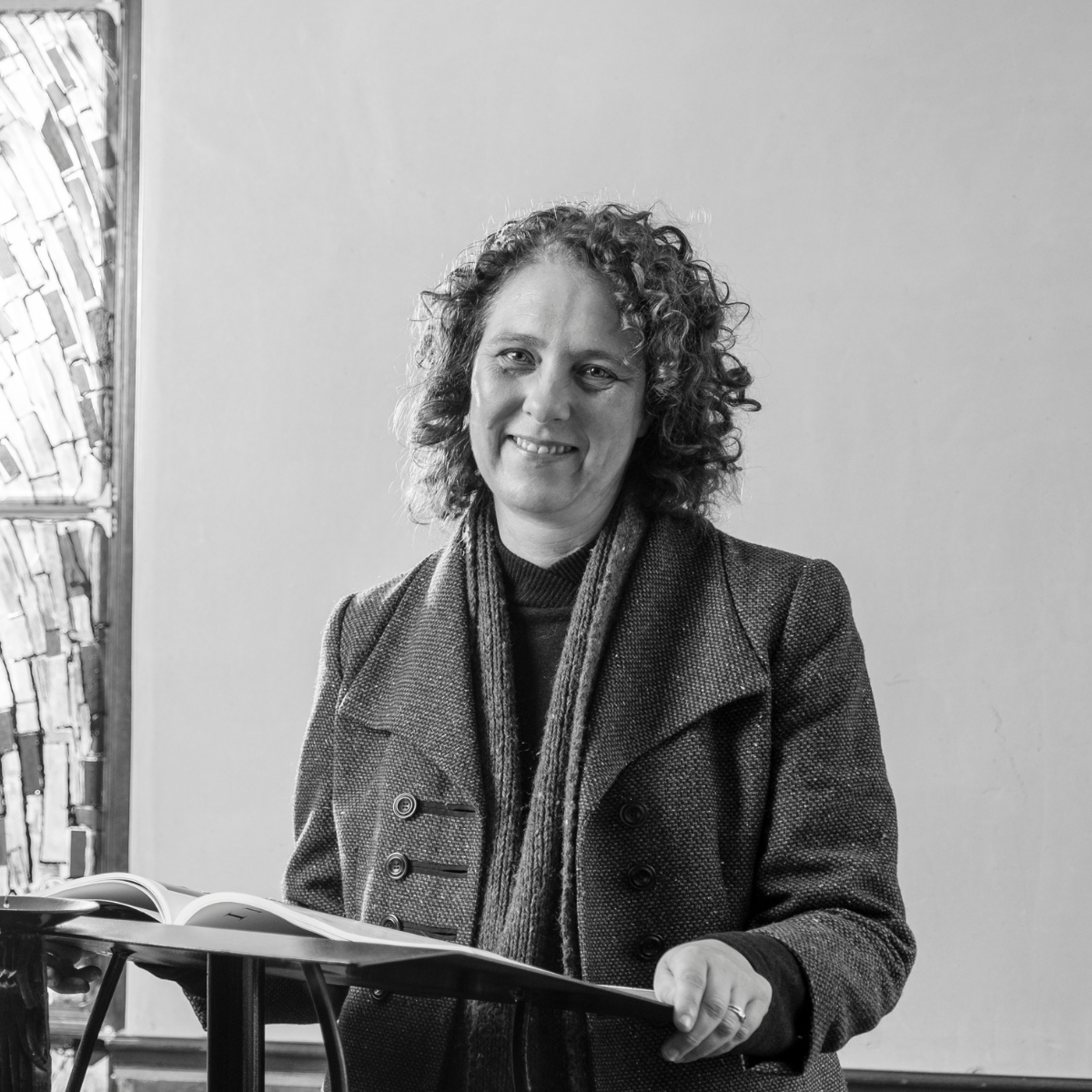Commentary on Genesis 3:8-15
In an intriguing vignette that forms part of the creation narratives in Genesis 1-3, one reads how God is walking in the garden “at the time of the evening breeze” (Genesis 3:8).
This side remark speaks of intimacy; of a God who is present with God’s people. God’s presence, though, may be viewed as a mixed blessing—serving as a source of comfort, but also and particularly in this account as a rather ominous reminder that despite their best attempts, the man and woman in this garden are unable to hide from their God.
The primordial story in Genesis 3:8-15 forms part of the ongoing process of the current (and future) generations discerning what is good and moral and upright. For instance, Lyn Bechtel challenges the traditional view of reading this story in terms of “The Fall” by reading this text as a story of human maturation—one could say, of “falling upwards,” as the humans in the garden are moving beyond a childlike state of naivety, their loss of innocence associated with growing up and facing the realities of life in a grownup world.1 This ancient coming-of-age story thus speaks of the importance of humans embracing their roles as adults who are prepared to take responsibility for their actions as well as for those around them.
For instance, amid this encounter with God wandering in their midst, the man and woman realize that they are naked (ʽêrūmmīm in Genesis 3:7). William Brown highlights the intriguing wordplay in this text that draws a connection between “being naked” (see also ʽărûmmîm in Genesis 2:25) and “being crafty/clever” (ʽārûm in Genesis 3:1). According to Brown, increased knowledge associated with the man and the woman eating from the tree of knowledge in this text leads to the recognition of their vulnerability. As Brown writes: “By partaking from the tree, the primal couple gained a level of self-consciousness, an awareness of their vulnerable condition, and of their newly acquired ability to make decisions of their own. Unwittingly, in their choice to become fully divine, they became fully human.”2
Being, or becoming “fully human,” thus implies that one is willing and able to embrace one’s vulnerability. Failure to do so has led all too often to individuals, and men in particular, to think and act stronger than they really are. In her recent anthology of poems, Dearly, Margaret Atwood poignantly writes in her series of “Songs for Murdered Sisters” how many “lost sisters” have been “[k]illed by fearful men/ [w]ho wanted to be taller.”3 The same can be said in the case of so many instances of hate crimes, whether incited by white supremacy or homophobia.
However, being or becoming a responsible and mature human being also implies that one takes responsibility for one’s actions. In this week’s lectionary reading, it is evident that it is all too human to seek a scapegoat when things go awry. In Genesis 3:12, the man blames the woman, who in turn relegates the blame for transgressing God’s commandment to the snake (verse 13). That the blame game worked is evident from the fact that the serpent, in much of the Judeo-Christian tradition, has been demonized, considered the epitome of evil, and the rightful recipient of the curse inflicted on the snake (verses 14-15), which resulted in perpetual enmity between the snake and humans who will look for every opportunity to hurt or kill one another.
This demonization of the serpent is furthermore coupled with the scapegoating of Eve, whose daughters throughout the ages have been overtly or covertly afflicted by what has been called the Curse of Eve. Described in Sirach 25:24 as the source of sin, Tertullian goes even further by calling Eve “the devil’s gateway” and the mother of “a demon’s offspring.”4 Given the dangerous consequences associated with scapegoating experienced by women, as well as the LGBTIQ+ community, minorities, and migrants in communities all around the world, it is imperative that such past and present acts of demonizing the other are not tolerated.
It is for this reason that feminist scholars have sought to reread this narrative. In particular, the encounter between Eve and the serpent has been viewed by Judith McKinlay as a sign of the woman’s inquisitiveness, of her ability to cross borders, of engaging with what is considered “other” as evident in the associations of the snake as a symbol of all that is foreign.5 According to Bechtel, it is only much later (3rd century BCE) that the snake came to be associated with negative symbolism. Before that, the snake was viewed as a “wild and uncontrollable animal,” which, on the one hand, is considered to be useful for “ridding forms of rodents that consume crops and stored grains,” but on the other hand, also poisonous and hence potentially deadly. As Bechtel contends, the snake as the “ideal symbol of oppositional forces of life” serves as a good reminder of the necessity of discernment.
In these times of polarization, extreme hatred, and fear of the other, it might be a good idea to take our cue from these reinterpretations of Genesis 3. This text challenges us to break through the multiplicity of negative constructions that have been transmitted over centuries and cemented in gender, racial, and sexual stereotypes, and have become an integral part of prejudiced thoughts and actions.
Returning to the divine image that introduced this week’s lectionary text of a God wandering in the garden, we take solace in the fact that Genesis 3 reminds us of God’s continual presence with the flawed, vulnerable human beings in this story. This text suggests that God will continue to walk with people and engage with them amidst their flawed endeavors as they learn to become the responsible, caring adults they are meant to be.
Notes
- Lynn M. Bechtel, “Genesis 2.4b-3.24: A Myth About Human Maturation” JSOT 67 (1995): 2-26.
- William Brown, A Handbook to Old Testament Exegesis (Louisville, KY: Westminster John Knox Press 2017), 91.
- Margaret Atwood, Dearly (New York, NY: HarpersCollins Publishers, 2020), 37.
- Gale Yee, Poor Banished Children of Eve: Woman as Evil in the Hebrew Bible (Minneapolis, MN: Augsburg Fortress, 2003), 59.
- Judith E. McKinlay, “To Eat or Not to Eat: Where Is Wisdom in This Choice?” Semeia 86 (1999): 73-84.


June 6, 2021